You Can Use Turmeric On Your Skin?
You might be most familiar with turmeric as an ingredient in fragrant curry dishes, the spice is actually much more than a culinary ingredient.
Turmeric has been used in a multitude of ways for generations and it has multiple benefits for our health – both inside and outside our bodies.
Curcumin is one of the most important active compounds found in turmeric, as it’s what gives the spice its anti-inflammatory, antioxidant, antibacterial, antifungal, and antiviral properties.
Also read: 15 Awesome Uses of Turmeric
If you want to benefit from turmerics super-spice powers, here’s the complete guide for using turmeric on your skin.
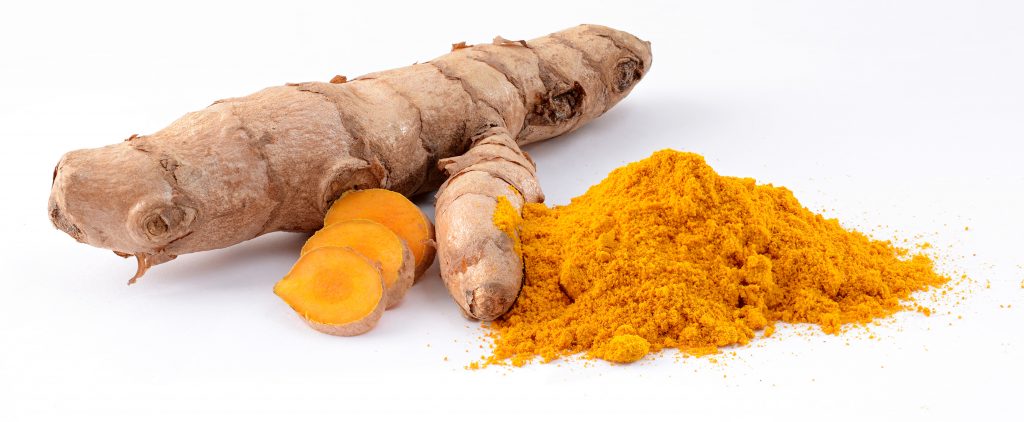
Advertisements
1) For Infections
Because of it’s antibacterial properties, turmeric can be used – and has been for centuries – to heal small cuts and burns.
A paste is made from the dried spice, and it works away to keep bacterial infections at bay.
How to make an antibacterial turmeric paste:
Mix 2 teaspoons of ground turmeric (depending on how large the wound is) with 1 teaspoon or enough water to make a thick paste.
Be sure to wash your hands and then apply the paste gently on the wound. Once you’ve covered the infected area, place a bandage over the wound. Let it sit for at least 12 hours, or up to 24. Do this for three days.
2) Speed Healing
A study in which women who had recently undergone a caesarean section, showed that women who were treated with turmeric had measurably faster healing than the control group.
Mothers were divided into three groups: those who were treated with turmeric cream, those treated with a placebo, and a control group.
The REEDA scale – which stands for redness, edema (swelling), ecchymosis (bruising), discharge, and approximation (a measure of the extent of the wound opening) – was used to assess the severity of the post-surgical trauma. The lower the REEDA score: the faster the healing process.
After one week, the women who were treated with turmeric had a REEDA score of 0.46 (compared with 0.88 for placebo and 1.17 for control).
A further week revealed turmeric users rated 0.03 on the REEDA scale, whilst placebo subjects rated 0.22 and the control group 0.36.
3) Balance Oily Skin
Excessively oily skin is usually due to overactive sebaceous glands, and in addition to being an aesthetic issue: it can also lead to acne, cysts, and other undesirable skin conditions.
Enter turmeric…
To measure the effects of turmeric cream on oil production of the skin, one study found that there was a significant decrease (nearly 25%) in skin oil secretion when turmeric was applied twice daily over a period of three months.
It’s believed that the fatty acids and phytosterols that turmeric contains results in this skin-balancing effect, which has been backed up in other studies on reducing excess skin oils.
When applying homemade turmeric masks to your skin, always allow it to dry and harden (usually about 30 minutes) before rinsing it away. Try this facial mask for balancing oily skin:
Oily Skin Facial Mask
- ½ teaspoon of turmeric powder
- 1 tablespoon of gram flour
- a touch of water
Mix this in a clean bowl until it becomes a smooth paste. Apply it to the acne prone area using clean plastic gloves (to avoid staining your nails). Allow it to dry (20-30 minutes) before washing off with hot (but not boiling) water and a facial cloth.
Keep it in an airtight container and store in the refrigerator. It will keep for 5-7 days.
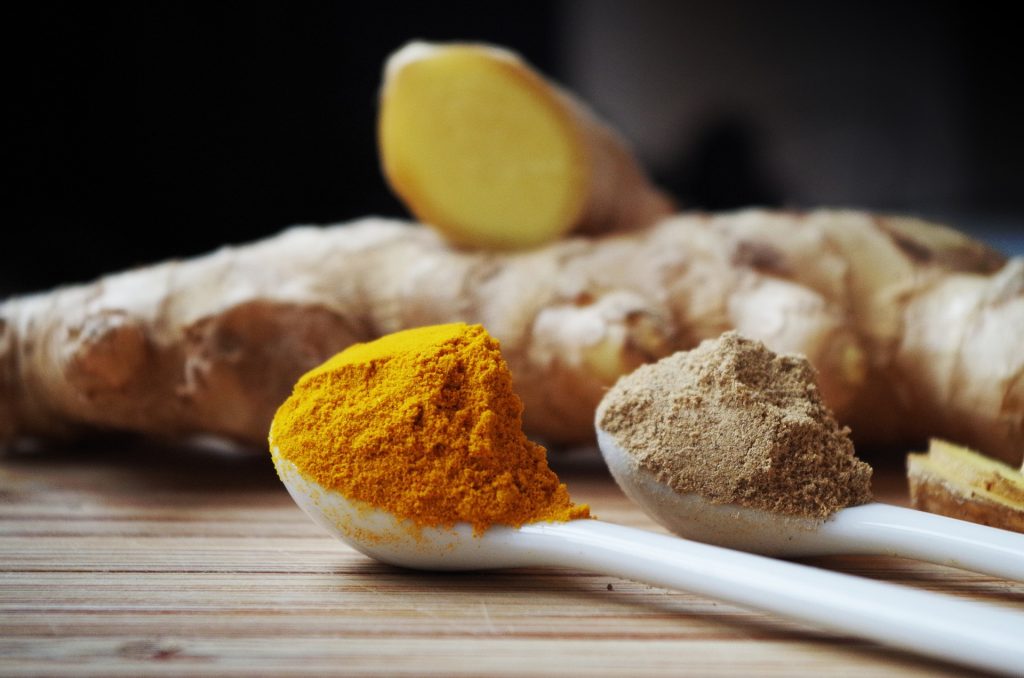
4) Reduce Sun Damage
We know that wearing sunscreen can help protect against sun damage, but some of the ingredients in commercially available sunscreens are not desirable when we’re trying to keep our skincare regime as natural as possible.
Turmeric was shown to prevent many of the adverse effects of exposure to ultraviolet B radiation, from discoloration, freckling, reduced skin elasticity, to the appearance of “spider veins”.
Researchers used hairless mice as test subjects, exposing them to long-term, low-dose UVB rays. Twice daily, the rodents were slathered in turmeric extract.
Normally, chronic UVB light would cause skin damage, wrinkles, changes in skin pigmentation, larger blood vessels, and loss of elasticity, but the mice suffered none of these negative effects.
It is thought that the reason turmeric prevents sun damage is its ability to inhibit an increase in MMP-2, an enzyme which, when activated, degrades collagen between the outer layer and middle layer of the skin.
5) Heal Acne And Pimples
It isn’t necessary to waste money on expensive over-the-counter acne products which often cause more trouble than they solve.
One of the natural treatments that has been used safely for generations, is turmeric, due to its anti-inflammatory and antibacterial properties.
It can also be used to treat acne scars, which leave acne victims with a further set of problems to deal with.
Advertisements
Treatment for Acne-Prone Skin:
- 1 teaspoon of turmeric powder
- 1 tablespoon of chickpea powder
- 1 tablespoon of lemon juice
- a touch of water
Mix this in a clean bowl until it becomes a smooth paste. Apply it to the acne prone area using clean plastic gloves (to avoid staining your nails). Allow it to dry (20-30 minutes) before washing off with hot (but not boiling) water and a facial cloth.
Keep it in an airtight container and store in the refrigerator. It will keep for 5-7 days.
6) Lighten Skin
Dark spots on the skin are often caused by excess production of melanin, which can be reduced by the active compound in turmeric; curcumin.
It regulates the production of melanin and can even help heal stubborn acne scars.
A homemade skin lightening treatment made using turmeric is going to be far more gentle (and cost-effective!) than the treatments available over the counter.
Skin lightening mask:
- 1/3 teaspoon of turmeric powder
- 1 tablespoon honey
- 1/2 teaspoon of lemon juice
Mix this in a clean bowl until it becomes a smooth paste. Apply it to the acne prone area using clean plastic gloves (to avoid staining your nails). Allow it to dry (20-30 minutes) before washing off with hot (but not boiling) water and a facial cloth.
Keep it in an airtight container and store in the refrigerator. It will keep for 5-7 days.
7) For Cracked Heels
You can apply turmeric paste to cracked heels and areas where your skin has become excessively dry.
It increases connective tissue formation and promotes blood flow, which means that not only does turmeric heal your skin faster, but it also helps to make the heels softer.
8) Calm Inflammatory Skin Conditions
Although the underlying causes of these conditions vary, eczema, psoriasis, scleroderma and rosacea share one common cause: inflammation of the skin.
Turmeric has been shown to be quite effective in calming the symptoms of these skin conditions, because of it’s active ingredient: curcumin.
Capable of stymying several pro-inflammatory molecules, curcumin – the active ingredient in turmeric – has been found to block a protein complex that is responsible for skin inflammation.
This protein, NF-κB, is what causes our cells to respond to external stimuli like stress, free radicals, ultraviolet radiation, and cytokines, as well as regulating the immune system’s response to infection. An overactive NF-κB has been linked to inflammatory and autoimmune diseases, cancer, viral infections, and addiction.
Some Tips For Maximum Benefits Of Using Turmeric On SkinMake a ‘Golden Honey’ Face Mask
A mixture called ‘Golden Honey’ by those in the know, can be used as a powerful facial treatment that works magic on skin conditions ranging from acne to eczema.
It can also help slow the skins natural aging process; softening fine lines and wrinkles, as well as reducing the redness caused by inflammatory skin conditions like rosacea.
Honey boosts the natural antibacterial benefits you’ll get from this mixture – and tastes delicious if you decide to eat the leftovers!
Golden Honey Face Mask:
- 1 teaspoon turmeric
- 1 teaspoon raw honey
- 1 teaspoon natural yoghurt
Mix this in a clean bowl until it becomes a smooth paste. Apply it to the acne prone area using clean plastic gloves (to avoid staining your nails). Allow it to dry (20-30 minutes) before washing off with hot (but not boiling) water and a facial cloth.
Keep it in an airtight container and store in the refrigerator. It will keep for 5-7 days.
Add Turmeric To Coconut Oil
When cooking with turmeric, always add a healthy fat like coconut oil to increase its bioavailability and improve absorption. Because curcumin – that active ingredient – is fat soluble, it only digests in fat.
Unless turmeric is taken with fat, it won’t digest quite so well – and you won’t absorb the health benefits.
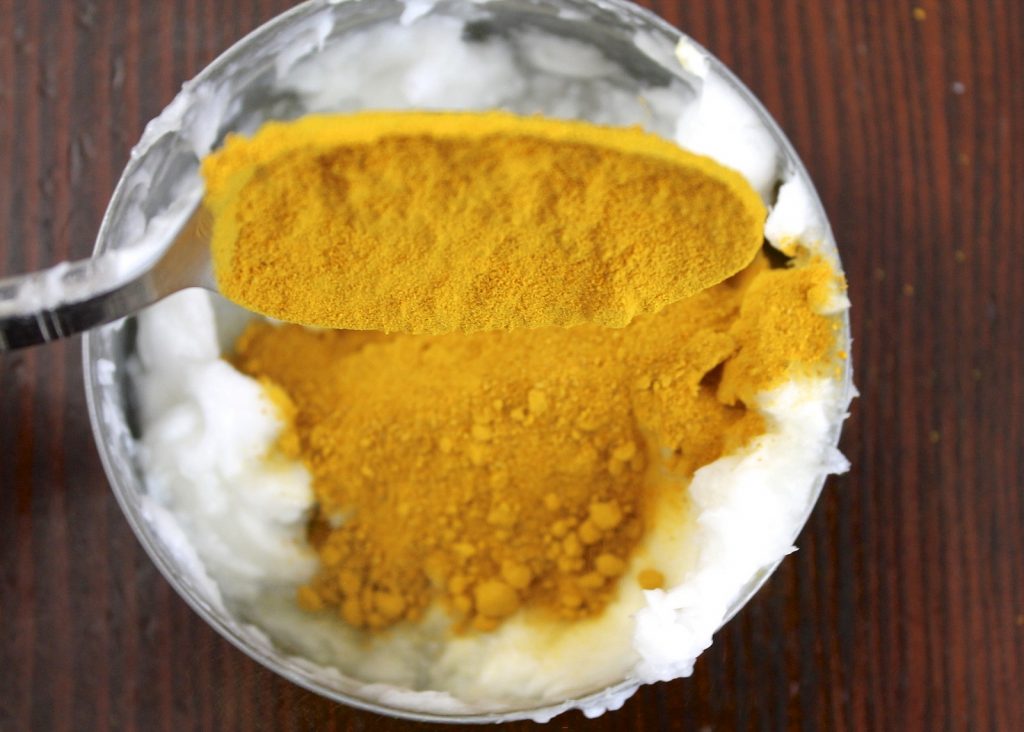
Advertisements
Go easy on the heat

Advertisements
Turmeric is a delicate spice due to the compounds that form it, and its beneficial properties can be reduced through the cooking process. Boiling turmeric for as little as 15 minutes can destroy up to 85% of its active curcumin component so it’s best to add the spice after you have removed the dish from heat.
Store it Carefully
Curcumin also degrades when exposed to light for prolonged periods so you’re best off storing it in a cool, dark place. An opaque, airtight container in the fridge works perfectly.
Spot-Test First!
Because turmeric has a tendency to temporarily dye the skin in some cases, you may want to experiment first. With any turmeric recipes you want to try, apply it first to an inconspicuous spot on your body, to see how your skin reacts.
If you find turmeric stains your skin, you can simply remove it with a facial toner or make a gentle scrub from sugar and water. Alternatively, you can wet a cotton ball with water and rub the stained area; the cotton should help remove the yellow hue.
Fabric Care
Dealing with yellowish skin is a painless (if a bit embarrassing) task, but getting turmeric on your clothing and other fabrics will leave a much more stubborn stain – so be extra careful when working with it!

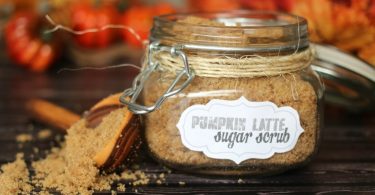


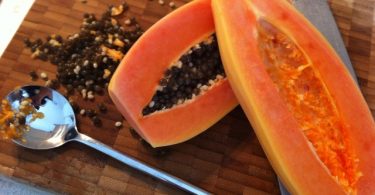
Comments